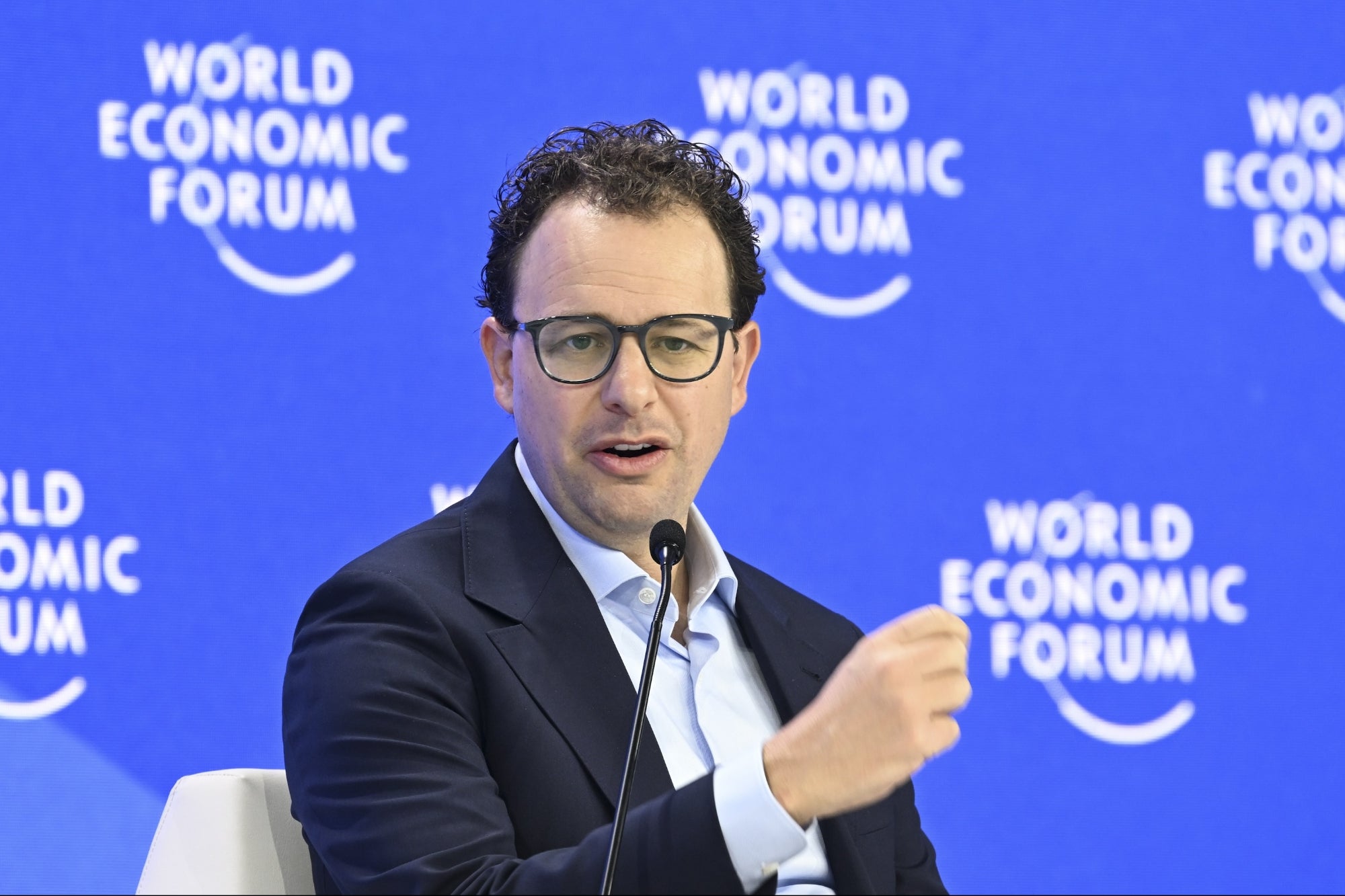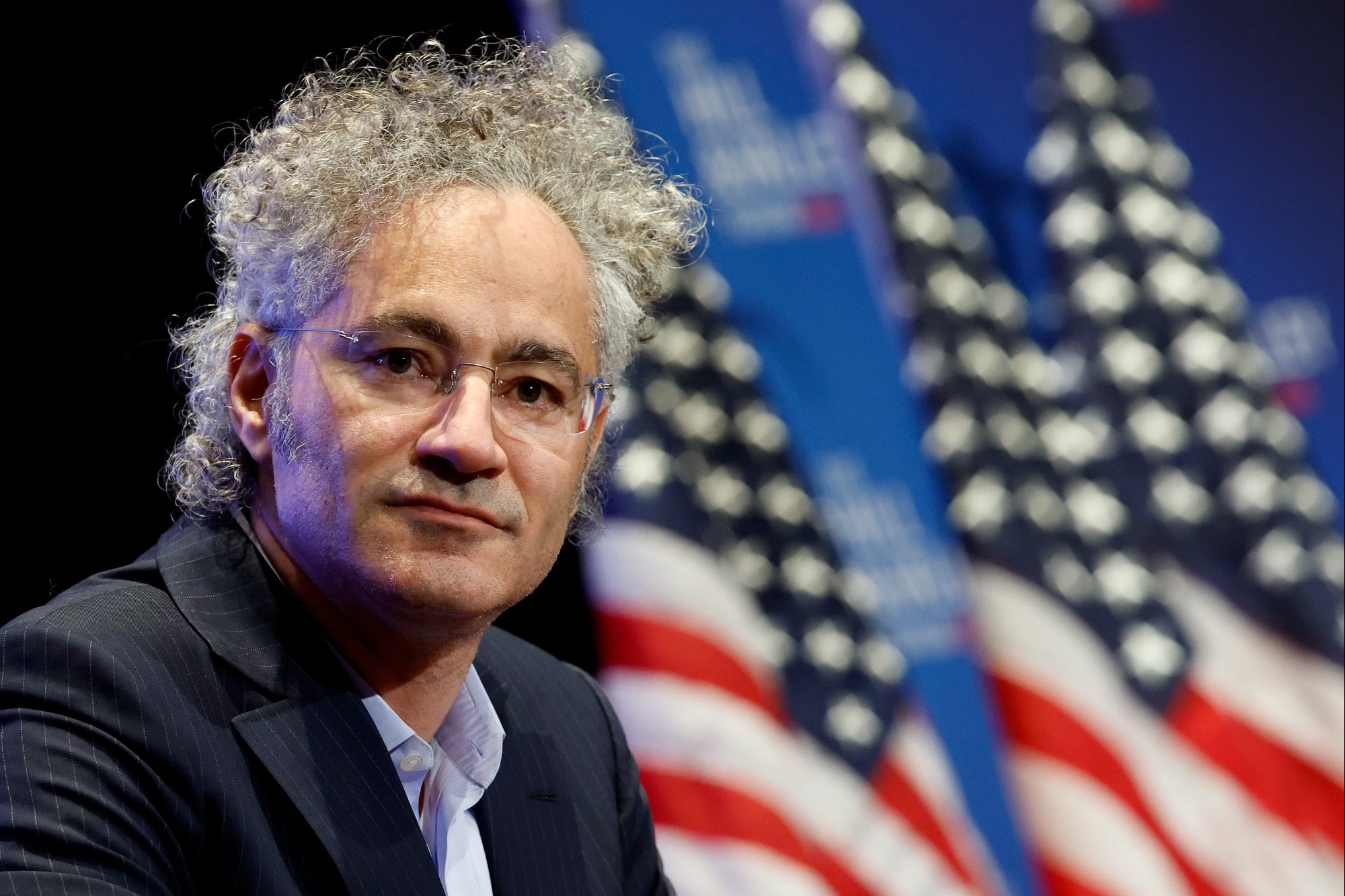Get Your Copy Write Expert tips for writing great letters, ads, brochures and more without professional help
Opinions expressed by BIZ Experiences contributors are their own.
Do you consider yourself a great writer? If you're like most business owners, writing anything--from a brochure to a newspaper ad--probably isn't your strong suit. That's why "copywriting" is often left to professionals. But what happens when you need to create your own sales letter, online ad or marketing postcard without the help of a copywriter? Or suppose you're not flush with funds to hire outside help?
Here are some tricks of the trade to get you through basic wordsmithing. Put these five writing tips to work and watch your responses increase.
- Write one-to-one.
Even a magazine ad that reaches millions of readers is seen by only one person at a time. People read marketing copy as individuals, not as a group. One of the most common mistakes newbie writers make is to write as though they're presenting their "pitch" to a room full of prospects. Instead, imagine you're sitting at a table directly across from your best prospect, looking him in the eye and discussing how you'll meet his individual needs. To increase your marketing response rates, address your prospects on a personal level, as if you were having a one-on-one conversation. - Make your message "outer-directed."
Unless you're writing a letter to your mother, never write all about yourself. It's a clear sign of an inexperienced copywriter when marketing materials such as sales letters, company brochures and direct mail are written predominantly about what "we offer," instead of what "you'll get." As you write your materials, make a practice of changing most of the sentences that use the words "our" and "we," to revolve around the words "you" and "your." Outer-directed language has much greater appeal. For example, you'd change "We provide on-call 24-hour service," to "You'll get reliable, on-call service 24 hours a day." See the difference? - Lead with benefits.
Right now, consumers are so inundated by media that multitasking is the norm. It's commonplace for them to watch television, read a newspaper and go online all at the same time. Even the B2B marketing environment is extremely cluttered, with more ads fighting for attention in trade publications, a barrage of e-mail and other inbound communications. Every marketing communication with a prospect must grab interest immediately or be overlooked. Begin everything you write with a desirable benefit or a specific offer depending on the type of communication. What do your unique prospects want most that you can provide in a way that's unmatched by your competitors? Lead with that benefit in your headline or first paragraph, and use the body copy to detail the features that explain how you'll deliver the promised benefit. - Follow the rules of engagement.
Engaging copy addresses the wants and needs of its targeted reader, viewer or listener. But it's not just what you say; it's how you say it. Use straightforward, down-to-earth language, and write in the vernacular of your target audience, including their use of any buzzwords. The best copywriting isn't flowery prose. It's direct and to the point, uses an active voice and often creates mental images using words. Professional copywriters rarely use a long word when a shorter one will do. Above all, great copy is persuasive--opening minds to new ways of looking at a company, product or service. And new information that's cleverly and clearly presented is the most engaging of all. - Provoke a reaction.
Have you ever noticed that many marketing materials open with a question? Ads of all kinds, and direct-mail and sales letters in particular, use questions as headlines, opening sentences and throughout the body copy. Questions provoke answers, keeping prospects thinking and engaged with your message. Get the idea?
Often, good writing is entertaining, even funny. Just look at the brilliant use of humor in many television and radio spots. While humor is a common way to engage an audience, be sure to strike the appropriate tone for your target audience, the marketing medium you've chosen and subject matter, whether it's urgent, smart, confident, helpful, somber or funny.










